Key Takeaways
- Crickets are drawn to warmth, moisture, and food crumbs.
- They can damage fabric and disrupt sleep with chirping.
- Seal cracks and use natural repellents to keep them out.
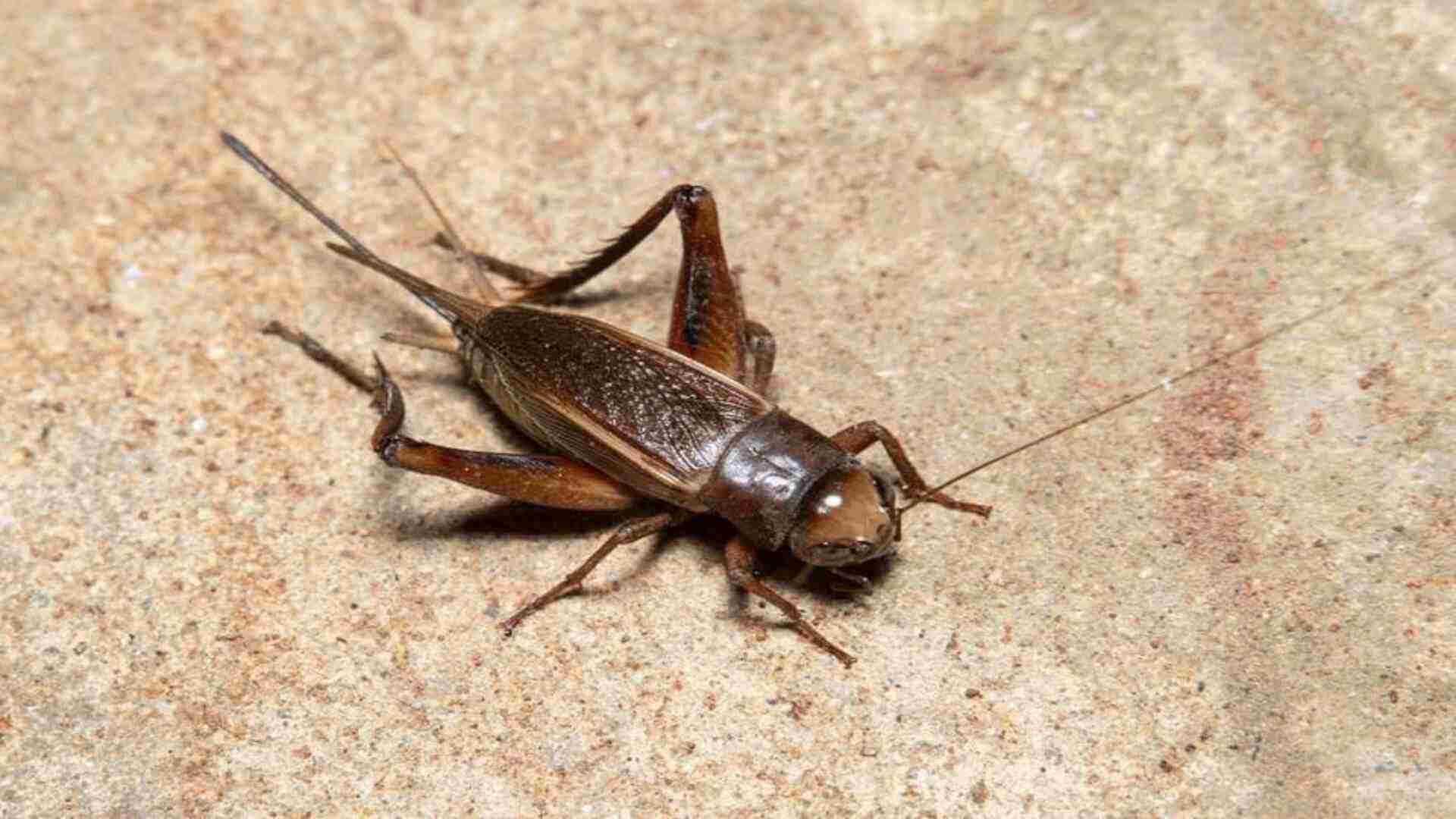 Crickets are often known for their chirping, but their presence in homes and gardens can quickly become problematic. Their constant noise and ability to damage plants or fabrics make them more than just a nuisance.
Understanding what attracts crickets in the house, why their numbers might increase, and how to manage or repel them is important for controlling cricket infestations. In this guide, the impact crickets can have on both homes and gardens, what attracts them, and how to manage and repel them.
Crickets are often known for their chirping, but their presence in homes and gardens can quickly become problematic. Their constant noise and ability to damage plants or fabrics make them more than just a nuisance.
Understanding what attracts crickets in the house, why their numbers might increase, and how to manage or repel them is important for controlling cricket infestations. In this guide, the impact crickets can have on both homes and gardens, what attracts them, and how to manage and repel them.
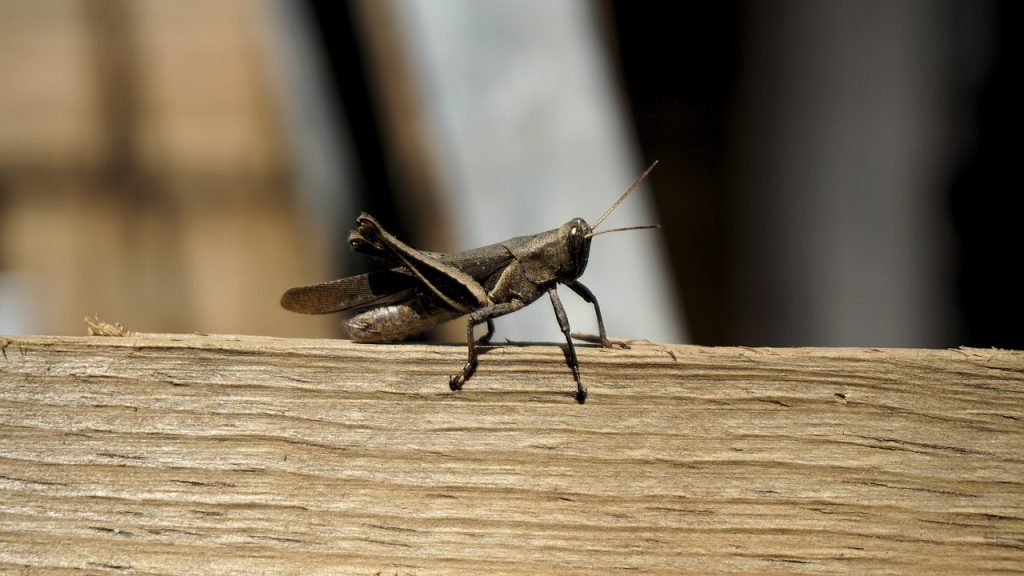

Not getting a solution?
Get your free pest control estimate today!What Attracts Crickets in the House?
Crickets are naturally drawn to environments that provide warmth, moisture, and food, making certain areas of homes particularly attractive. Damp spaces such as basements, bathrooms, and kitchens, often with leaky pipes, condensation, or poor ventilation, provide ideal conditions for crickets to thrive. Crickets are also attracted to accessible food sources, including crumbs, pet food, or even indoor plant material. Besides that, nighttime lighting near windows and doors can lure crickets indoors. Eliminating these attractants is key to significantly reducing the likelihood of a cricket infestation.Why Are There So Many Crickets?
Cricket populations can spike due to favorable environmental conditions. Warm, humid environments create ideal breeding grounds, leading to rapid population growth. Different types of Crickets can easily enter through cracks in windows, doors, and foundations as they seek shelter. Seasonal migration during late summer and fall also increases cricket activity as cricketers move indoors to escape cooler outdoor temperatures. Some preventive measures, like reducing humidity, can effectively help control the cricket population. Visit our Species, Control, and DIY Guide sections for additional resources on crickets and ways to tackle a cricket infestation.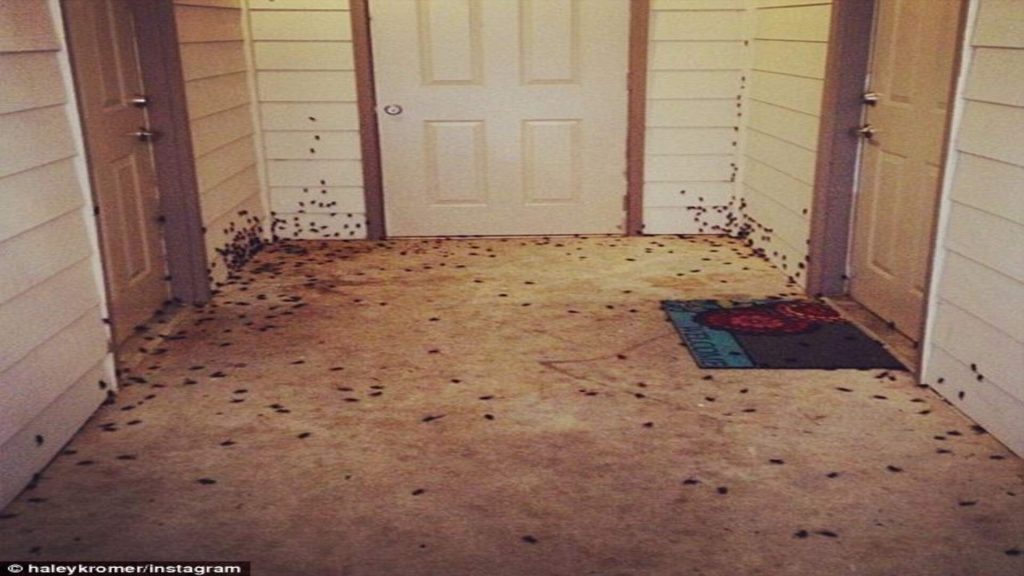
How do Crickets Damage Gardens?
Crickets, while not always the most destructive pests, can cause significant problems in homes and importantly gardens when their populations are left unchecked. Their feeding habits and interactions with other species can affect both plants and the overall health of the garden ecosystem.Cricket Effects on Gardens
-
Plant Damage: Crickets feed on leaves, stems, and roots, which can harm young plants and crops, stunting growth and reducing yields.
-
Attracting Other Pests: Crickets can draw predators such as rodents or larger insects into the garden, introducing additional pest problems that may damage plants or disrupt the ecosystem.
-
Ecological Role: Despite these drawbacks, crickets also contribute to garden ecosystems by helping control smaller harmful insects and supporting the natural balance of the environment.
Do Crickets Cause Damage to Homes?
Crickets can become a huge trouble when they invade homes, not just due to their presence but also for the damage they can cause. Their activity indoors often creates disturbances that affect comfort, cleanliness, and even property.Cricket Infestation Issues
-
Fabric Damage: Crickets have a habit of chewing on natural fibers, which can result in damage to clothing, curtains, and upholstery, particularly in storage areas.
-
Noise Disturbance: The loud and persistent chirping of crickets, especially at night, can disrupt sleep and cause frustration for homeowners.
-
Food Contamination: Crickets may feed on stored food items, leaving droppings that contaminate food supplies and lead to spoilage.
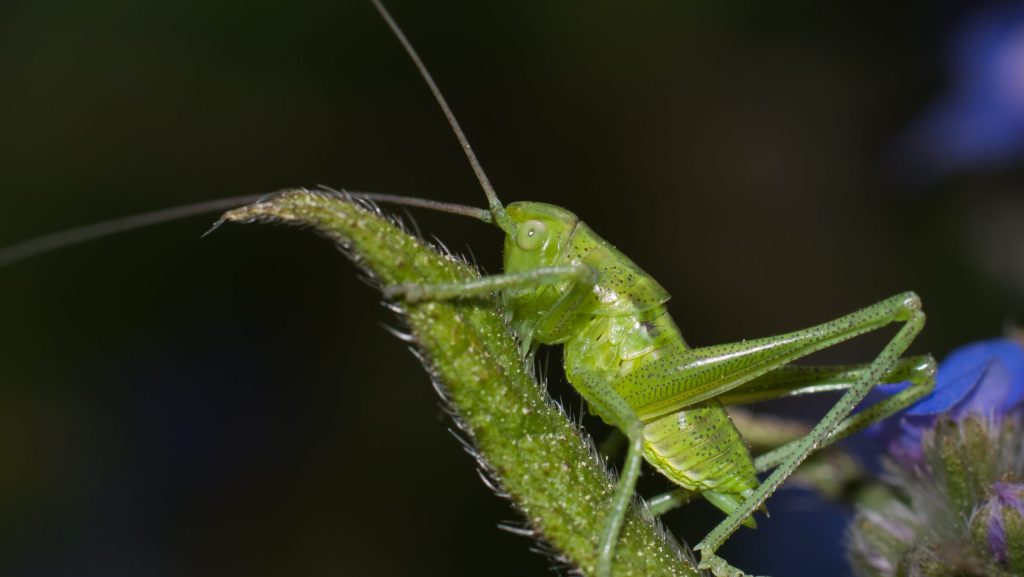
How to Catch Crickets?
Managing cricket populations indoors and outdoors can be simple with a systematic approach. Here’s a step-by-step guide to effectively catch and remove crickets:Cricket Removal Steps
-
Identify Cricket Hotspots: Locate areas where crickets are most active, such as basements, kitchens, or near outdoor lights. Look for signs like chirping sounds, droppings, or damaged plants.
-
Set Sticky Traps: Place sticky traps in high-traffic areas like along walls, near windows, or in corners. Make sure to check and replace them regularly for maximum effectiveness.
-
Use a Jar or Container: Gently capture crickets using a jar or container for smaller infestations. Put a piece of cardboard under the jar to trap them and release them outside far from your home.
-
Vacuum Indoors: Use a vacuum cleaner to collect crickets quickly for larger indoor infestations. Focus on cracks, corners, and hidden spaces. Dispose off the vacuum bag or empty the canister outside to prevent escape.
-
Monitor and Repeat: After removing the crickets, monitor the area for signs of reinfestation and repeat the process if necessary.
What Repel Crickets?
Knowing how to repel crickets can make your home and garden less inviting. There are some chemical and natural, for our eco-logical audience, substances that repel crickets.
Essential Oils
Mix peppermint or citronella oil with water and spray it around windows, doors, and baseboards to deter crickets. Reapply every few days or after cleaning for long lasting results.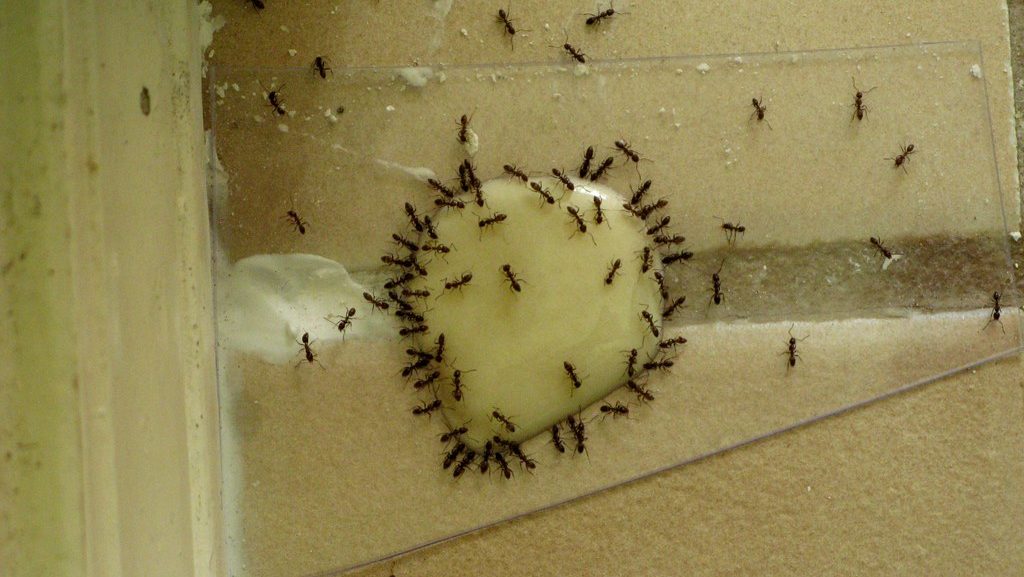
Boric Acid
Sprinkle boric acid in high-activity areas like baseboards or under appliances. Combine with sugar to attract crickets and keep away from pets and children.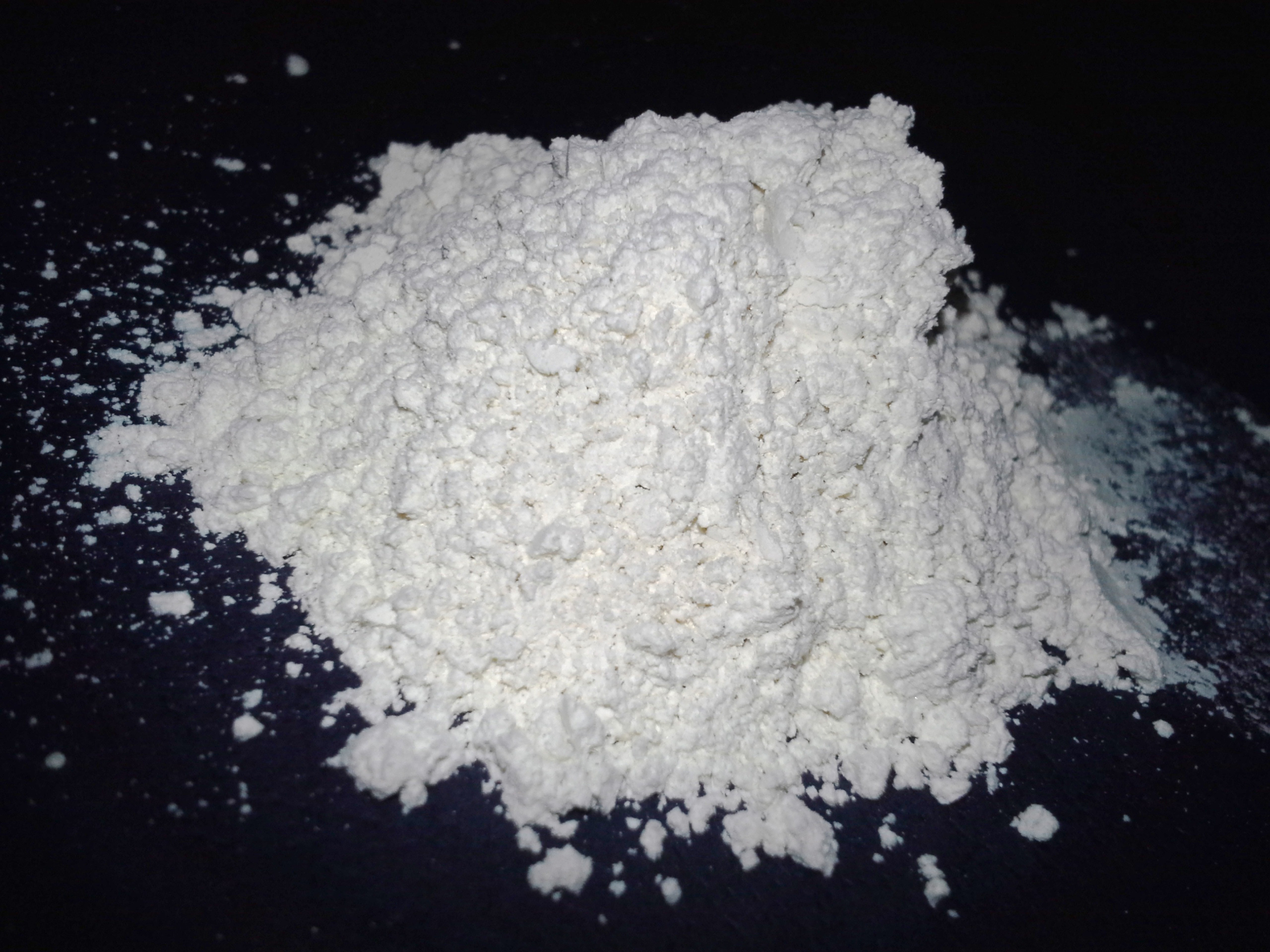
Diatomaceous Earth
Apply food-grade diatomaceous earth in cracks and around your home’s foundation. It dehydrates crickets but must stay dry to remain effective.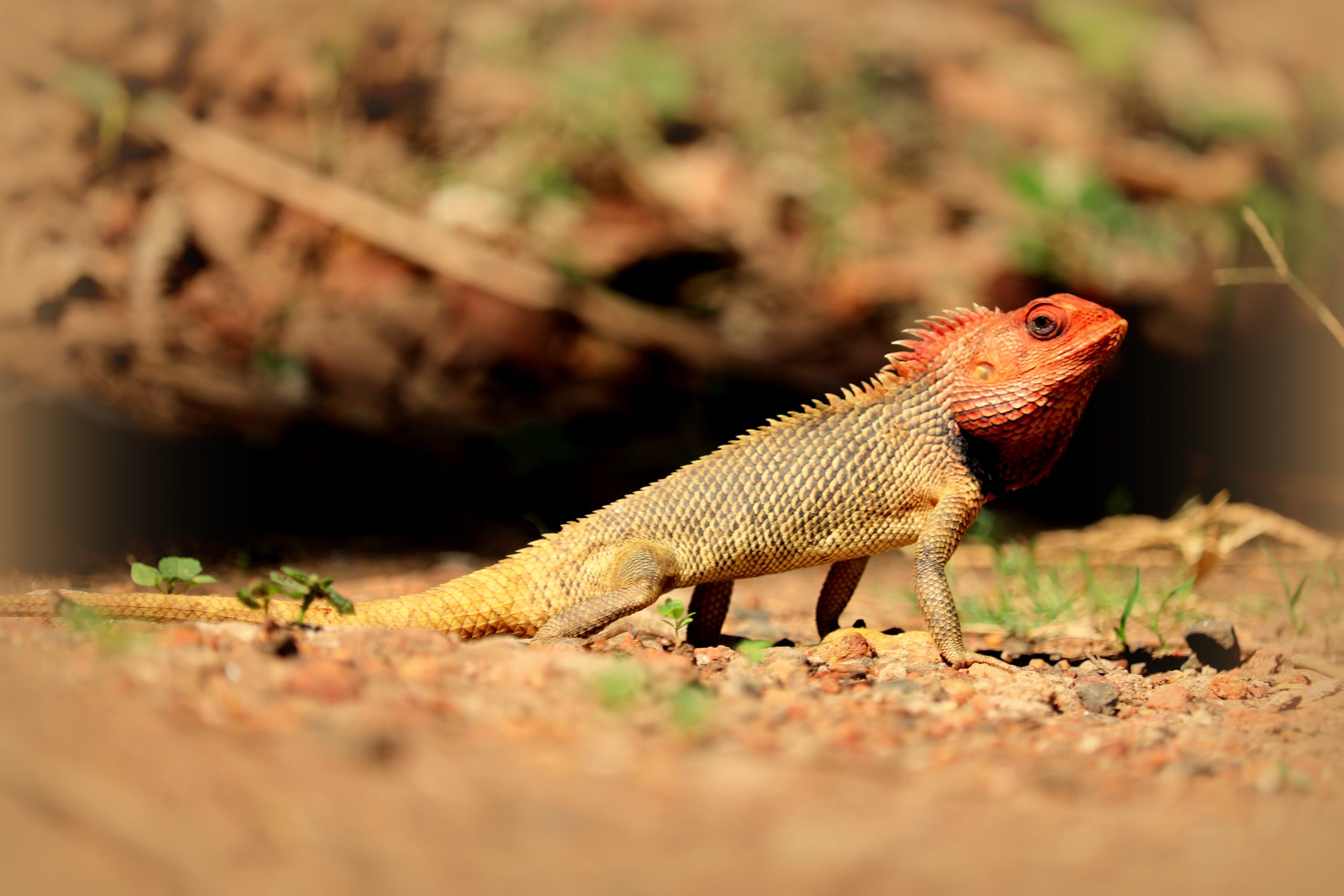
Encourage Predators
Attract birds, lizards, and frogs by providing water sources and planting native vegetation. These predators help control cricket populations.How to Prevent Crickets
-
Seal cracks, gaps, and openings around windows, doors, and walls.
-
Clean kitchens, pantries, and damp areas regularly to remove food and moisture.
-
Apply peppermint, citronella, or eucalyptus oil near entry points and active areas.
-
Use yellow bug lights and reduce night time lighting near entryways.
Myths and Facts about Crickets
There are many myths surrounding crickets, some leading to misunderstandings about their behavior and how to deal with them. Below, we will clarify some common misconceptions to better understand these insects and their role in your home and garden.| Myth | Fact |
|---|---|
| Crickets are harmless and don’t cause any damage. | While crickets are not dangerous, they can damage fabrics, plants, and food supplies. |
| Crickets chirp only during the night. | Crickets chirp mostly at night, but they can also be active and noisy during the day. |
| All crickets are attracted to the same things. | Different species have varying preferences, but generally, warmth, moisture, and light attract them. |
| Killing crickets indoors is bad luck. | This is a superstition; there is no evidence that killing crickets brings bad luck. |
| Natural predators are ineffective against crickets. | Natural predators like spiders, lizards, and birds can help control cricket populations. |





